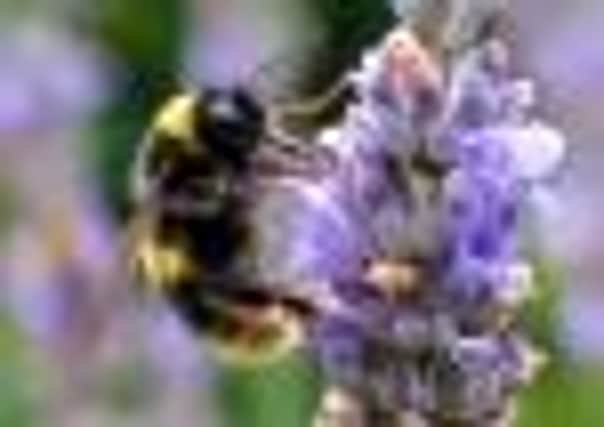Weather’s impact on wildlife reveals more losers than winners


Drought gripped swathes of England at the beginning of the year as the country basked in an unusually warm, dry March, but the sunshine gave way to the wettest summer for a hundred years, hitting crops, tourism and wildlife.
The chaotic weather, which brought first hosepipe bans and then floods and storms to the UK, caused problems for a large number of species, although some managed to thrive, particularly in areas less badly hit by adverse conditions.
Advertisement
Hide AdAdvertisement
Hide AdThe National Trust’s conservation adviser, Matthew Oates, said: “It’s an incredibly polarised year in terms of winners and losers. Things fell into two camps, they either did spectacularly well or incredibly badly.
“What we get with really difficult, wet summers, is a general picture of doom and gloom and a surprising amount of highly localised successes among the general picture.”
But the losers outweigh the winners, he said.
The big winners were slugs, including a giant Spanish super slug which was reported to be invading gardens, in the cold, damp weather.
And orchids have had a fantastic year across the country, with bee orchids doing particularly well and more than 10,000 pyramidal orchids flowering at Sharpenhoe Clappers in the North Chilterns. It was also a very strong year for grass growth.
Advertisement
Hide AdAdvertisement
Hide AdHowever much of the UK’s wildlife has found the going tough, as have rural industries, farming, tourism and recreation including wildlife watching, with mammals, birds and bees all struggling to cope with the wet conditions.
There have been some surprising localised success stories, including terns at Blakeney Point, Norfolk, which had a bumper breeding year, while their fellow populations at Strangford Lough, Northern Ireland, failed to breed at all.